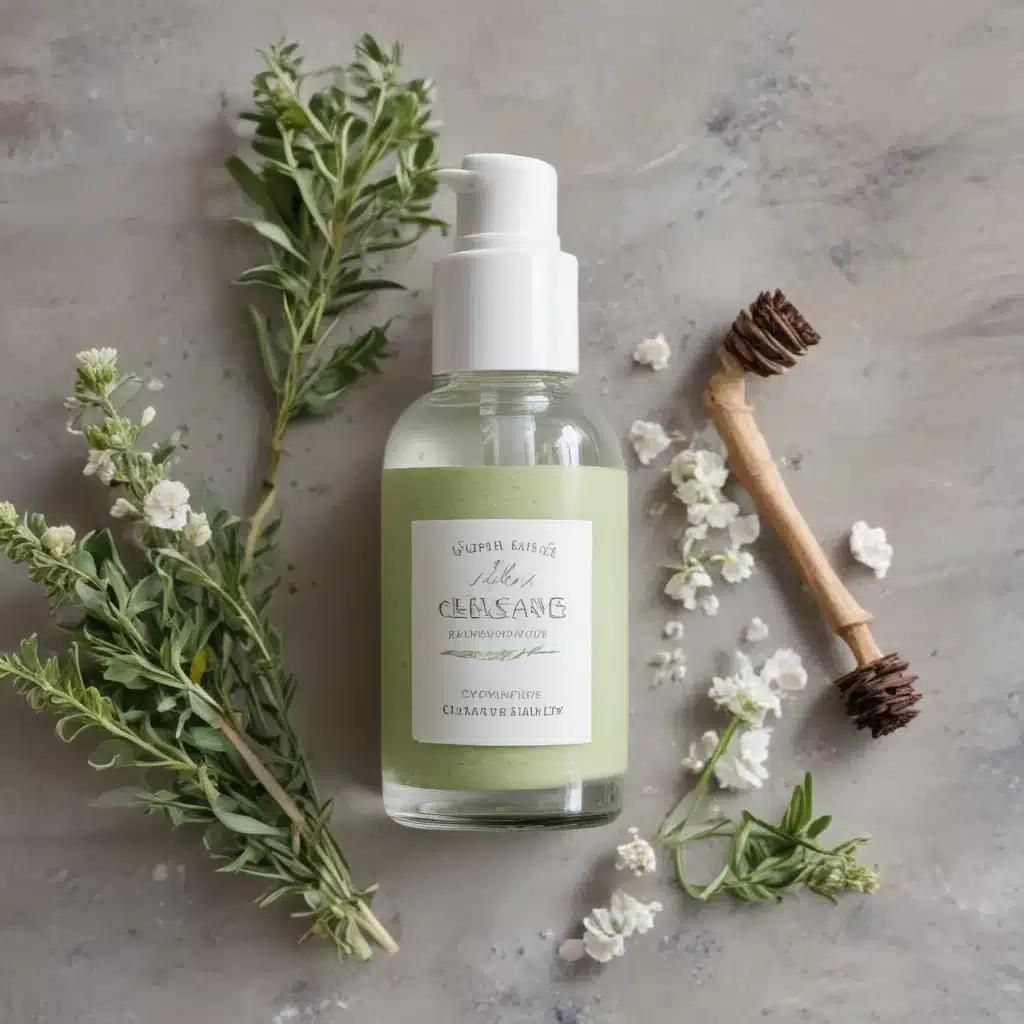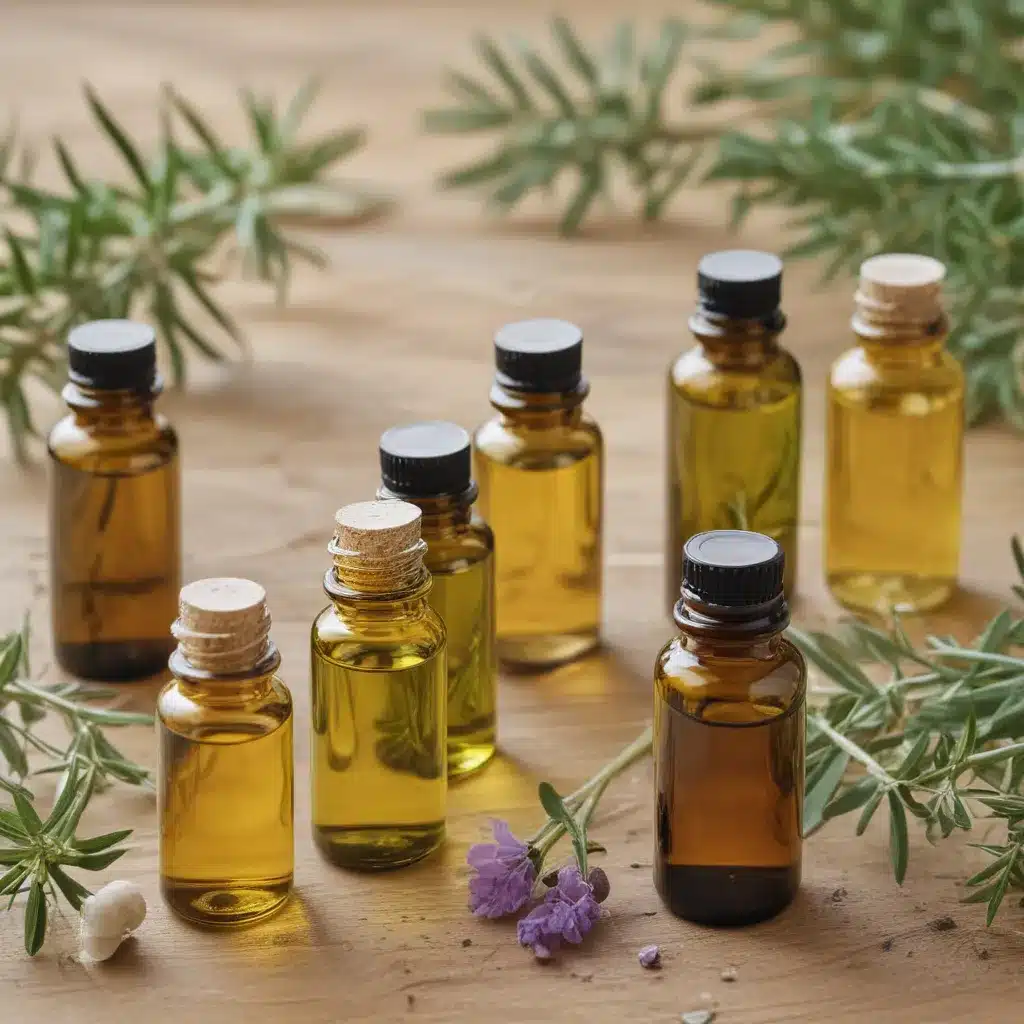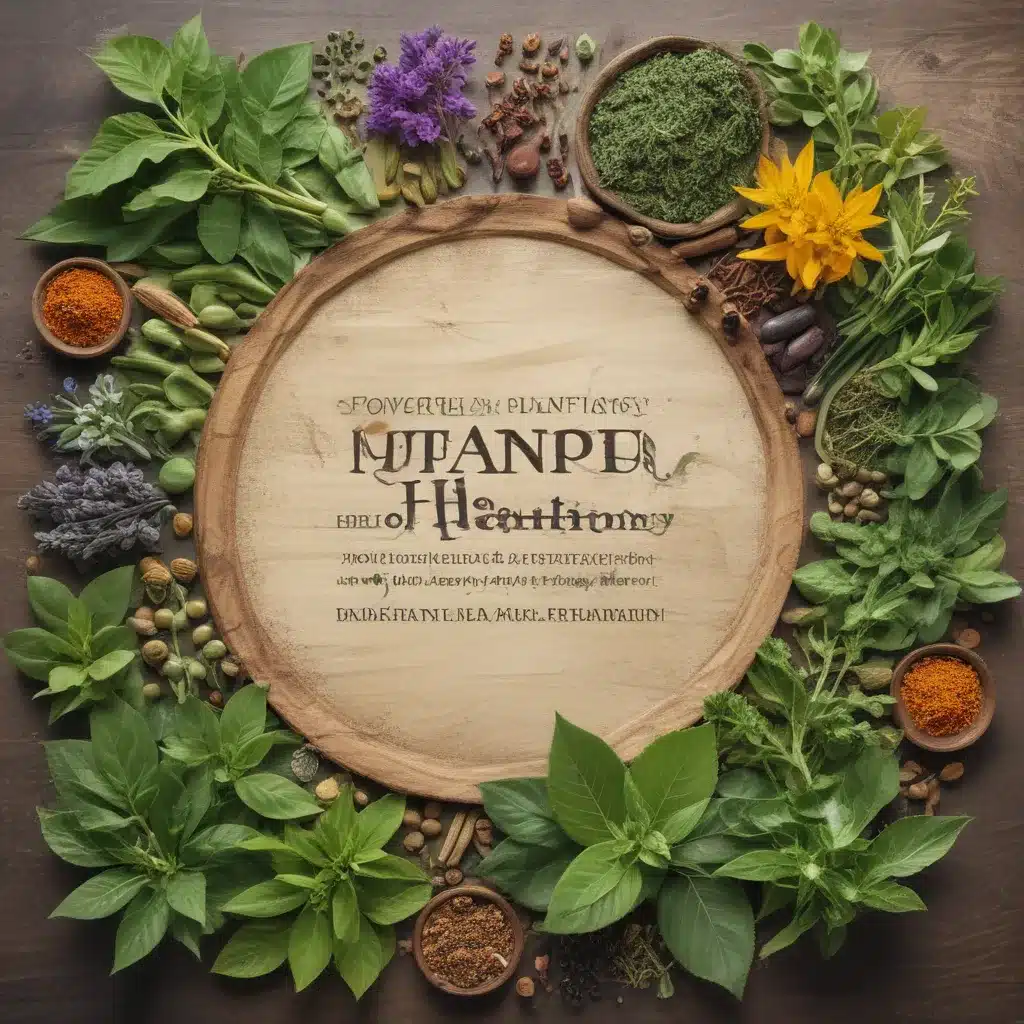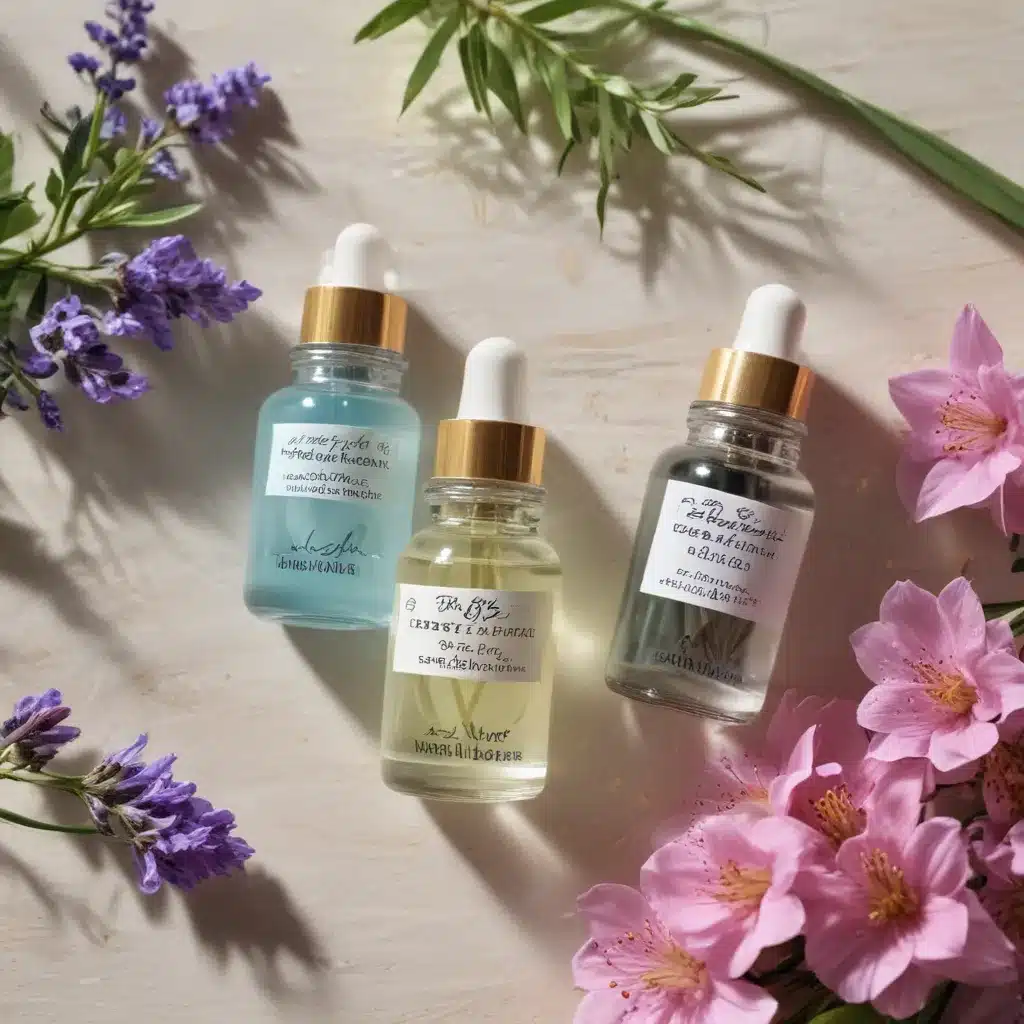
In the aromatic tapestry of essential oils, each continent weaves a unique thread, offering a diverse bouquet of scents and benefits. From the soothing fields of Lavender in Europe to the invigorating aroma of Peppermint in North America, and the exotic allure of Ylang Ylang in South America, the world’s flora holds treasures waiting to be discovered. Join me on a journey across the globe as we uncover the top essential oils from each continent, exposing their origins, uses, and cultural significance that will broaden our olfactory horizons.
Europe – Lavender
Lavender, a fragrant and versatile essential oil, is widely recognized as one of the top essential oils from Europe. The picturesque lavender fields of Europe, particularly in regions like Provence, France, are not only a sight to behold but also the source of this remarkable essential oil. Lavender’s popularity extends beyond its pleasant aroma; its medicinal properties have been cherished for centuries.
The lavender fields of Europe, with their stunning purple hues stretching across the landscape, provide the ideal environment for cultivating Lavandula angustifolia, the most common type of lavender used for essential oil production. The gentle climate and rich soil of these regions contribute to the high quality of lavender essential oil extracted from the plant’s delicate flowers.
In addition to its enchanting fragrance, lavender boasts a myriad of medicinal properties. This essential oil is renowned for its calming effects, making it a popular choice for aromatherapy to promote relaxation and alleviate stress. Lavender oil is also valued for its anti-inflammatory and antibacterial properties, making it a versatile remedy for various skin conditions and minor wounds.
Asia – Tea Tree
Tea Tree, native to Australia but widely used in Asia, is a versatile essential oil with numerous benefits. In Asian aromatherapy practices, Tea Tree is valued for its antibacterial and anti-inflammatory properties. Its fresh, medicinal scent is often incorporated into blends to promote skin health and overall well-being.
Tea Tree Benefits
Native to Australia, the Melaleuca alternifolia plant, commonly known as Tea Tree, offers a myriad of benefits that have been valued for centuries in Asian traditional medicine. Tea tree benefits include:
- Skincare benefits such as treating acne and soothing skin irritations.
- DIY cleaning recipes for creating natural and effective household cleaners.
- Antibacterial properties that help in disinfecting wounds and promoting healing.
- Antifungal qualities that combat various fungal infections.
These benefits make Tea Tree oil a versatile and valuable addition to any home. Whether used for skincare routines, household cleaning, or medicinal purposes, Tea Tree oil continues to prove its effectiveness and versatility in promoting overall well-being.
Asian Aromatherapy Uses
In exploring Asian aromatherapy practices, the versatile Tea Tree oil from Australia plays a significant role due to its numerous beneficial properties that have been valued for centuries in traditional medicine across the continent. Asian aromatherapy practices often incorporate Tea Tree oil for its antiseptic, anti-inflammatory, and soothing effects. In traditional remedies, Tea Tree oil is commonly used to treat skin conditions like acne, eczema, and psoriasis due to its antimicrobial properties. Additionally, Tea Tree oil is known to promote relaxation and reduce stress when diffused in the air or added to baths. Its fresh, medicinal scent is a staple in many Asian households, where it is revered for its holistic healing properties and ability to enhance overall well-being through natural means.
Africa – Frankincense
Found across the African continent, Frankincense holds a prominent place in the domain of essential oils for its rich history and therapeutic properties. African aromatherapy traditions have long revered Frankincense for its versatile uses, making it a staple in spiritual, medicinal, and cultural practices.
As a connoisseur of essential oils, the allure of Frankincense lies in its myriad applications. Here are some notable uses:
- Spiritual ceremonies: Frankincense is commonly burned as incense during religious rituals and ceremonies to purify the space and elevate the spiritual experience.
- Skincare: Its anti-inflammatory and healing properties make Frankincense a popular ingredient in skincare products, aiding in reducing blemishes and promoting youthful skin.
- Respiratory health: Inhaling Frankincense oil can help alleviate respiratory issues like congestion and coughs, providing relief and promoting easier breathing.
- Mental well-being: The calming and grounding scent of Frankincense is often used in meditation practices to enhance focus, reduce stress, and uplift the mood.
Exploring the world of essential oils through the lens of African practices reveals the profound significance of Frankincense in the continent’s cultural tapestry. Its aromatic presence transcends mere fragrance, offering a gateway to holistic well-being and spiritual connection.
North America – Peppermint
Peppermint, a versatile essential oil native to North America, boasts a myriad of benefits ranging from soothing headaches to aiding digestion. Its invigorating aroma and cooling properties make it a popular choice for aromatherapy and skincare in the region. From relieving muscle tension to freshening up spaces, peppermint is a staple in North American households for its various uses.
Peppermint Benefits
With its stimulating aroma and cooling sensation, peppermint essential oil offers a wide range of health benefits that have been embraced by many in North America. Peppermint is not just a invigorating flavor but also a powerful natural remedy. Here are some benefits of peppermint essential oil:
- Relieves Headaches: Peppermint oil has analgesic properties that can help alleviate tension headaches.
- Improves Digestion: It can aid in soothing digestive issues like bloating and indigestion.
- Boosts Energy: Inhaling peppermint oil can increase alertness and improve focus.
- Natural Insect Repellent: Peppermint oil is effective in keeping bugs at bay, making it a great natural insect repellent option.
Peppermint uses and recipes have been cherished for their versatility and effectiveness in promoting overall well-being.
North America Uses
Peppermint essential oil is widely utilized across North America for its various health benefits and versatile applications. In North America, peppermint has been a staple in traditional remedies for centuries, known for its soothing properties on the digestive system and its ability to alleviate headaches and muscle aches. Furthermore, peppermint holds cultural significance in North American indigenous communities, where it is revered for its cleansing properties in spiritual ceremonies and rituals.
| Traditional Remedies | Cultural Significance |
|---|---|
| Alleviating digestive issues | Cleansing properties in spiritual ceremonies |
| Relieving headaches | Revered in indigenous communities |
| Soothing muscle aches | – |
South America – Ylang Ylang
Ylang Ylang, a fragrant essential oil native to South America, is renowned for its floral and exotic aroma. This precious oil is extracted from the flowers of the Cananga tree, which is cultivated in various countries across the continent. Here are some key points about Ylang Ylang that showcase its versatility and importance:
- Ylang Ylang Uses:
- Known for its calming properties, Ylang Ylang is commonly used in aromatherapy to reduce stress and anxiety.
- Its sweet and floral scent makes it a popular ingredient in perfumes and skincare products.
- Ylang Ylang is believed to have aphrodisiac qualities, making it a romantic addition to massage oils and romantic blends.
- In traditional medicine, this oil is used for its antiseptic and anti-inflammatory properties to promote skin health.
The cultivation techniques of Ylang Ylang are vital in ensuring a high-quality oil. The Cananga tree requires a warm and humid climate to thrive, which is abundant in the tropical regions of South America. The flowers are harvested early in the morning when their fragrance is most potent, and the distillation process is meticulous to preserve the oil’s delicate aroma. Through sustainable farming practices, the production of Ylang Ylang supports local communities and promotes environmental conservation in the region.
Australia – Eucalyptus
The diverse continent of Australia boasts a valuable essential oil derived from the eucalyptus tree, known for its numerous benefits and invigorating properties. Eucalyptus essential oil is a staple in Australian aromatherapy practices due to its wide array of therapeutic advantages. One of the key benefits of eucalyptus oil is its ability to alleviate respiratory issues such as congestion and coughs. The oil’s anti-inflammatory properties can help reduce inflammation in the airways, making it easier to breathe. Additionally, eucalyptus oil is renowned for its antimicrobial effects, which can assist in fighting off colds and flu viruses.
Australian aromatherapy practices often incorporate eucalyptus oil for its invigorating and invigorating scent. The oil’s crisp, clean aroma is believed to promote mental clarity and boost energy levels. In addition to its respiratory benefits, eucalyptus oil is also used topically to soothe muscle aches and pains. Its cooling sensation can help relieve tension and promote relaxation after a long day.
Antarctica – Wintergreen
As we explore Antarctica’s unique contribution to essential oils, the rare fragrance of Wintergreen emerges as a standout. Wintergreen oil, extracted from the Gaultheria procumbens plant, is known for its invigorating aroma and various health benefits. This oil is celebrated for its soothing properties, making it a valuable addition to aromatherapy practices worldwide.
Rare Fragrance of Wintergreen
Emanating a rare and enchanting fragrance, Wintergreen, found in Antarctica, exudes a unique essence that sets it apart from other essential oils. Exploring Wintergreen reveals its unique properties and extraction methods:
- Wintergreen’s aroma is invigorating and invigorating.
- The oil is extracted from the leaves of the Gaultheria procumbens plant.
- Its main component, methyl salicylate, provides a soothing sensation.
- The extraction process involves steam distillation, ensuring the purity of the oil.
Wintergreen’s distinct scent and beneficial properties make it a prized addition to the world of essential oils. Its rarity and exceptional characteristics set it apart, offering a one-of-a-kind olfactory experience.
Benefits of Wintergreen Oil
What unique health benefits does Wintergreen oil from Antarctica offer to users? Wintergreen oil, derived from the Gaultheria procumbens plant, is known for its analgesic and anti-inflammatory properties. This essential oil is commonly used to alleviate muscle aches, joint pain, and headaches. Its active ingredient, methyl salicylate, provides a cooling sensation that can help reduce discomfort and promote relaxation. However, it is important to use Wintergreen oil with caution due to its high concentration of methyl salicylate, which can be toxic if ingested in large quantities. Diluting the oil properly and conducting a patch test before use are critical safety precautions. When used responsibly, Wintergreen oil can be a powerful tool for natural pain relief and overall well-being.
Antarctica – Wintergreen
Wintergreen, a plant native to Antarctica, is prized for its essential oil. This oil is extracted from the leaves of the wintergreen plant and possesses a distinct minty aroma with a touch of sweetness. Here are some essential points about Wintergreen:
-
Wintergreen Uses: The essential oil derived from wintergreen is commonly used for its analgesic properties. It is often utilized topically to alleviate muscle and joint discomfort. Additionally, the oil is found in some oral hygiene products for its invigorating flavor and potential antibacterial properties.
-
Wintergreen Properties: Wintergreen oil contains methyl salicylate, a compound with anti-inflammatory and pain-relieving effects. Its cooling sensation makes it a popular choice for soothing minor aches and pains. However, it is essential to dilute wintergreen oil properly to avoid skin irritation due to its potency.
-
Antarctic Origin: Wintergreen plants thrive in the cold climate of Antarctica, where they have adapted to survive extreme conditions. The purity of the environment contributes to the high quality of the essential oil extracted from these plants.
-
Sustainability: Harvesting practices of wintergreen plants in Antarctica are carefully regulated to insure the preservation of this delicate ecosystem. Sustainable methods are employed to maintain the abundance of wintergreen for future generations.
The unique properties and uses of wintergreen oil make it a valuable addition to the world of essential oils, with Antarctica being its exclusive home.
Europe – Chamomile
Chamomile, a popular herb known for its soothing properties, is a prominent essential oil originating from Europe. This delicate and gentle oil has been cherished for centuries for its various benefits and its calming effects on both the body and mind. When comparing chamomile to lavender, another well-known essential oil from Europe, chamomile is often favored for its milder scent and its ability to promote relaxation without causing drowsiness.
| Chamomile Benefits | Lavender Comparison | Aroma Therapy Applications |
|---|---|---|
| Soothes skin irritations | Lighter scent than lavender | Promotes relaxation |
| Eases anxiety and stress | More gentle on sensitive skin | Supports sleep quality |
| Relieves muscle tension | Known for its versatility | Reduces inflammation |
European essential oils like chamomile are widely used in aromatherapy applications due to their calming and therapeutic properties. Chamomile oil can be diffused, inhaled, or applied topically when diluted. Its sweet, apple-like aroma creates a serene atmosphere, making it ideal for unwinding after a long day or promoting a restful night’s sleep. Whether used alone or in combination with other oils, chamomile remains a staple in the world of aromatherapy for its versatility and effectiveness.
Asia – Sandalwood
Sandalwood, a cherished essential oil in Asia, offers a myriad of benefits ranging from its calming properties to its skincare applications. Known for its rich, woody aroma, sandalwood is primarily sourced from regions like India, Indonesia, and Australia. Understanding the significance of sandalwood in traditional medicine and aromatherapy can shed light on its widespread popularity and versatile uses.
Sandalwood Benefits
Extracted from the heartwood of a tree native to Asia, the aromatic sandalwood oil offers a myriad of benefits for both physical and emotional well-being. This oil is renowned for its calming and grounding effects, making it a staple in aromatherapy practices. Here are some of the key benefits of sandalwood oil:
- Reduces Anxiety: Its soothing aroma can help alleviate stress and anxiety.
- Promotes Mental Clarity: Enhances focus and mental clarity, making it ideal for meditation.
- Moisturizes Skin: Known for its hydrating properties, it can help nourish and rejuvenate the skin.
- Aids in Sleep: The relaxing scent of sandalwood oil can promote a restful night’s sleep.
Experience the holistic benefits of sandalwood oil for a harmonious blend of mind, body, and spirit.
Sandalwood Production Areas
The regions in Asia renowned for their sandalwood production have a rich history and tradition associated with cultivating this prized essential oil. Sandalwood cultivation in Asia, particularly in countries like India, Indonesia, and Australia, follows sustainable harvesting practices to guarantee the longevity of this precious resource. These regions have perfected the art of growing and extracting sandalwood, allowing for the production of high-quality oils sought after for their aromatic and therapeutic properties.
| Country | Main Sandalwood Species | Sustainable Practices |
|---|---|---|
| India | Santalum album | Organic farming methods |
| Indonesia | Santalum spicatum | Replanting programs |
| Australia | Santalum cygnorum | Controlled harvesting |
Africa – Myrrh
Myrrh, a valuable resin derived from the Commiphora myrrha tree native to Africa, has been cherished for centuries for its therapeutic properties. In African traditions, myrrh holds a significant place, offering various uses that have been passed down through generations. Here are some key points about myrrh:
-
Historical Significance: Myrrh has a rich history in Africa, where it was used in religious ceremonies, traditional medicine, and cultural rituals. Its profound importance is a reflection of the cultural value placed on this aromatic resin.
-
Therapeutic Uses: African communities have utilized myrrh for its medicinal properties, using it to aid in wound healing, reduce inflammation, and support oral health. The resin’s antiseptic and anti-inflammatory qualities make it a valuable natural remedy.
-
Spiritual Practices: Myrrh has been incorporated into spiritual practices across Africa, believed to cleanse spaces, promote relaxation, and enhance spiritual connections. Its aromatic properties are thought to purify the mind and uplift the spirit.
-
Cultural Symbolism: Beyond its practical uses, myrrh symbolizes healing, protection, and spirituality in African cultures. It is often seen as a symbol of reverence and is used to honor ancestors and deities.
North America – Cedarwood
Cedarwood, a prominent essential oil native to North America, holds significant therapeutic value and cultural importance in the region. It is derived from the wood of various types of cedar trees, including the Eastern Red Cedar and the Western Red Cedar. Known for its warm, woody aroma, cedarwood oil has been used for centuries by Native American tribes for its healing properties and spiritual significance.
| Benefits of Cedarwood Oil | Exploring Uses of Cedarwood Oil |
|---|---|
| Promotes Relaxation and Calmness | Aromatherapy: Add a few drops to a diffuser to create a calming atmosphere. |
| Supports Healthy Skin | Skincare: Mix a few drops with a carrier oil to help reduce the appearance of blemishes. |
| Helps with Sleep Difficulties | Sleep Aid: Dilute and apply to wrists or diffuse before bedtime for a restful sleep. |
| Insect Repellent Properties | Natural Insect Repellent: Create a spray by mixing cedarwood oil with water to deter insects. |
Exploring the uses of cedarwood oil reveals its versatility in various applications. Whether it’s promoting relaxation, improving skin health, aiding sleep, or repelling insects, this essential oil offers a range of benefits. Its grounding scent and therapeutic properties make it a valuable addition to any essential oil collection.
South America – Copaiba
Copaiba, a notable essential oil originating from South America, boasts diverse therapeutic properties that have been valued for centuries in the region. Extracted from the resin of the Copaifera tree, Copaiba oil has been traditionally used for various purposes due to its numerous benefits.
- Anti-inflammatory: Copaiba oil is renowned for its potent anti-inflammatory properties, making it a popular choice for reducing inflammation and pain relief.
- Skin Care: With its antimicrobial and wound-healing abilities, Copaiba oil is beneficial for treating skin issues such as acne, eczema, and psoriasis.
- Emotional Support: The oil’s calming and grounding effects make it a great option for emotional support, helping to alleviate stress and anxiety.
- Respiratory Health: Copaiba oil can aid in respiratory health by easing congestion, soothing coughs, and promoting clear breathing.
The uses and benefits of Copaiba oil are vast, making it a versatile essential oil that can be incorporated into daily routines. Whether used aromatically, topically, or internally (under the guidance of a healthcare professional), Copaiba oil offers a natural and effective solution for various health and wellness needs.
Australia – Lemon Myrtle
Originating from the diverse continent of Australia, Lemon Myrtle stands out as a highly prized essential oil known for its unique aromatic profile and versatile therapeutic properties. As an avid user of essential oils, I have found Lemon Myrtle to be a true gem in my collection. Its uses and benefits are truly remarkable.
Lemon Myrtle is renowned for its antibacterial, antifungal, and anti-inflammatory properties, making it a go-to oil for promoting overall wellness. When used in skincare, it can help combat acne, reduce inflammation, and nourish the skin, leaving it looking rejuvenated and refreshed. Personally, I have seen a noticeable improvement in my skin’s texture and clarity since incorporating Lemon Myrtle into my skincare routine.
Moreover, Lemon Myrtle is a popular choice for diffusing due to its uplifting citrus scent that can help improve mood, reduce stress, and enhance mental clarity. Diffusing this oil in my home has created a calming atmosphere that promotes relaxation and focus, especially during busy workdays.
Conclusion
To sum up, the world of essential oils is vast and diverse, much like a rich tapestry woven with different scents and benefits from each continent. Just as each continent brings its unique contribution to the global ecosystem, so do these essential oils offer a wide range of therapeutic properties and aromatic experiences. Embrace the power of nature’s gifts and explore the world through these top essential oils, each one a treasure waiting to be discovered.





















